In the world of steam cooking, a quiet battle rages between two materials that have defined culinary traditions for generations. The age-old bamboo steamer and its modern stainless steel counterpart each bring unique advantages to the table, particularly when it comes to their handling of condensation - that crucial byproduct of steam cooking that can make or break a dish's texture and flavor.
The bamboo steamer, with its organic latticework and porous structure, has been the vessel of choice across Asian kitchens for centuries. As steam rises through its woven layers, something remarkable happens with the condensation. The bamboo's natural absorbency creates a microclimate where water droplets form more gradually and distribute themselves more evenly across the food's surface. This gentle moisture application helps prevent the dreaded "sog factor" that can ruin delicate dumplings or buns, while allowing flavors to concentrate beautifully.
Stainless steel steamers present a completely different condensation dynamic. The non-porous metal surface causes water vapor to condense rapidly into larger droplets that accumulate on the lid's smooth interior. While this might seem problematic, many professional chefs appreciate how these heavier droplets roll quickly to the steamer's edges rather than falling directly onto food. The metal's conductivity also ensures more consistent steam generation, though it requires careful monitoring to prevent over-condensation that could lead to waterlogging.
Temperature regulation plays a pivotal role in this material showdown. Bamboo's insulating properties create a buffer against sudden temperature fluctuations, resulting in steadier steam production and more predictable condensation patterns. The material actually absorbs excess moisture during peak steaming, then releases it back as the temperature stabilizes - a self-regulating system perfected by nature. Stainless steel responds immediately to heat changes, which can lead to more erratic condensation behavior unless precisely controlled.
When examining hygiene and maintenance, the condensation story takes another turn. Stainless steel's smooth surface allows for complete water runoff and easy wiping, leaving no moisture behind to foster bacterial growth. Bamboo requires more nuanced care - proper drying is essential to prevent mold, yet the material's natural antimicrobial properties (when maintained correctly) create a surprisingly hygienic environment. The bamboo's ability to absorb rather than pool condensation actually helps prevent the stagnant water that can breed microorganisms in poorly maintained metal steamers.
Durability concerns reveal another layer to the condensation equation. While stainless steel won't warp or crack from moisture exposure, poorly designed models can develop problematic water pooling. High-quality bamboo steamers, though susceptible to wear from constant wet-dry cycles, often develop a seasoned patina that improves their condensation management over time. Many professional kitchens maintain separate bamboo steamers for different types of dishes to leverage this seasoning effect.
The environmental impact of these materials further complicates the comparison. Bamboo's rapid renewability and biodegradability appeal to eco-conscious cooks, but the condensation management benefits diminish as the steamer ages. Stainless steel's longevity and recyclability present a compelling case, though the energy-intensive production process somewhat offsets these advantages. Interestingly, some manufacturers now experiment with composite materials that attempt to capture bamboo's condensation benefits in more durable forms.
Cultural traditions weigh heavily in this material matchup. Across East Asia, generations of chefs have perfected techniques that account for bamboo's particular condensation characteristics - the slight absorption of flavors between batches, the way the material "breathes" during steaming. Western kitchens adopting steam cooking often prefer stainless steel's predictability, though many are discovering that mastering its condensation patterns requires its own set of specialized skills.
Modern innovations continue to blur the lines between these material categories. Some high-end bamboo steamers now incorporate silicone seals to control condensation runoff, while premium stainless steel models feature textured lids designed to mimic bamboo's droplet distribution. The most interesting developments might be hybrid designs that use bamboo inserts within stainless steel frames, attempting to capture the best condensation properties of both materials.
Ultimately, the condensation showdown between bamboo and stainless steel steamers reveals that material choice depends heavily on cooking style and priorities. Bamboo excels in gentle, even moisture distribution ideal for delicate items, while stainless steel offers precise control better suited to intensive professional use. As with many culinary debates, the answer may lie not in choosing one over the other, but in understanding how to leverage each material's unique condensation properties for different cooking challenges.
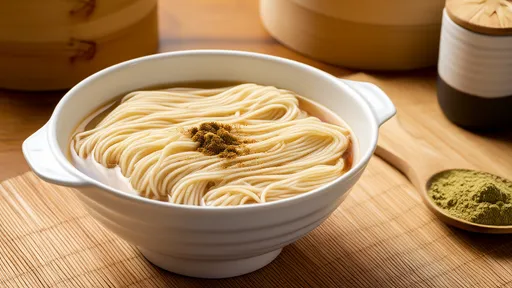
By /Jul 24, 2025
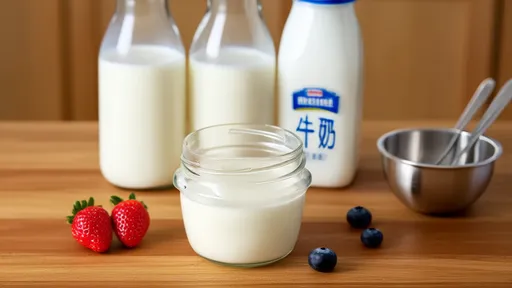
By /Jul 24, 2025
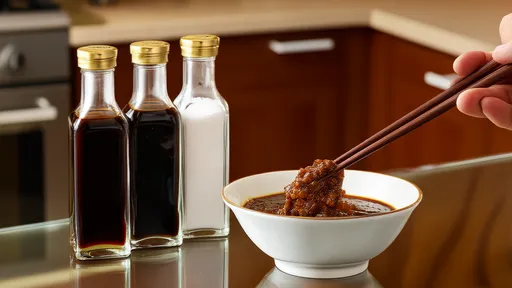
By /Jul 24, 2025
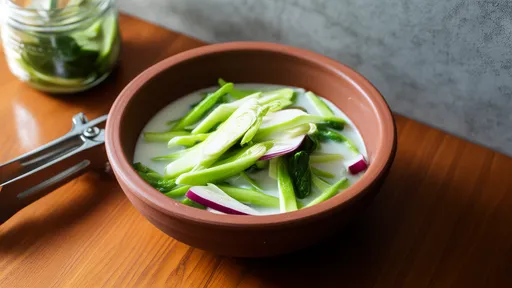
By /Jul 24, 2025
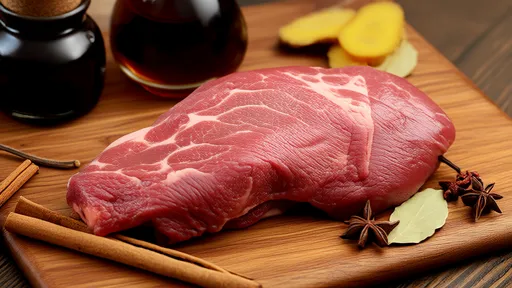
By /Jul 24, 2025

By /Jul 24, 2025

By /Jul 24, 2025
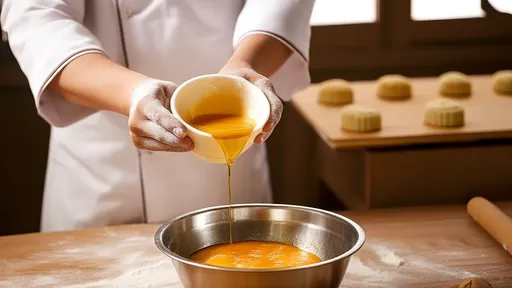
By /Jul 24, 2025
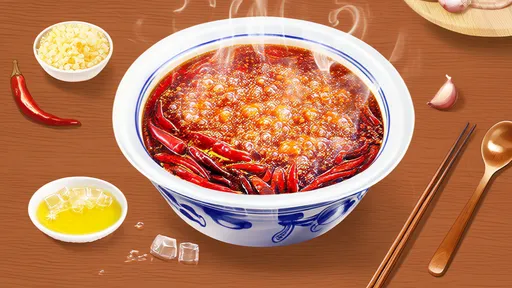
By /Jul 24, 2025
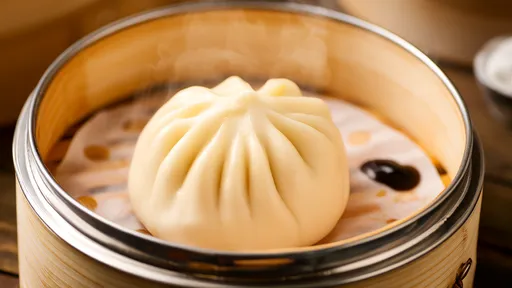
By /Jul 24, 2025

By /Jul 24, 2025
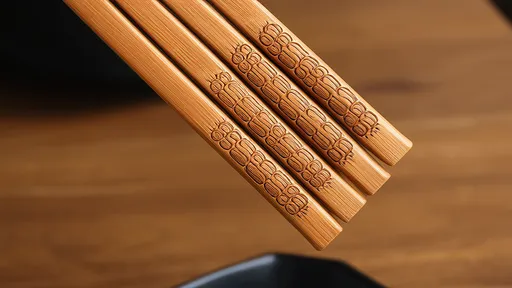
By /Jul 24, 2025

By /Jul 24, 2025
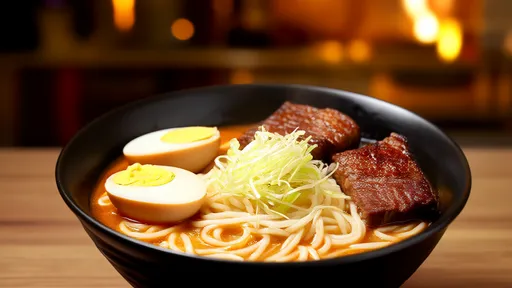
By /Jul 24, 2025
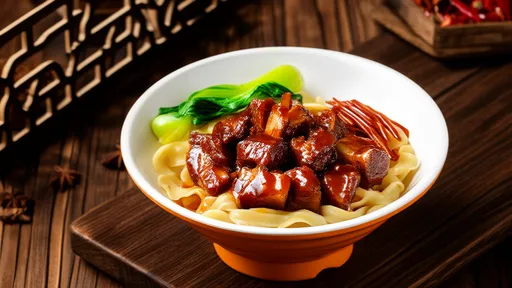
By /Jul 24, 2025

By /Jul 24, 2025

By /Jul 24, 2025

By /Jul 24, 2025